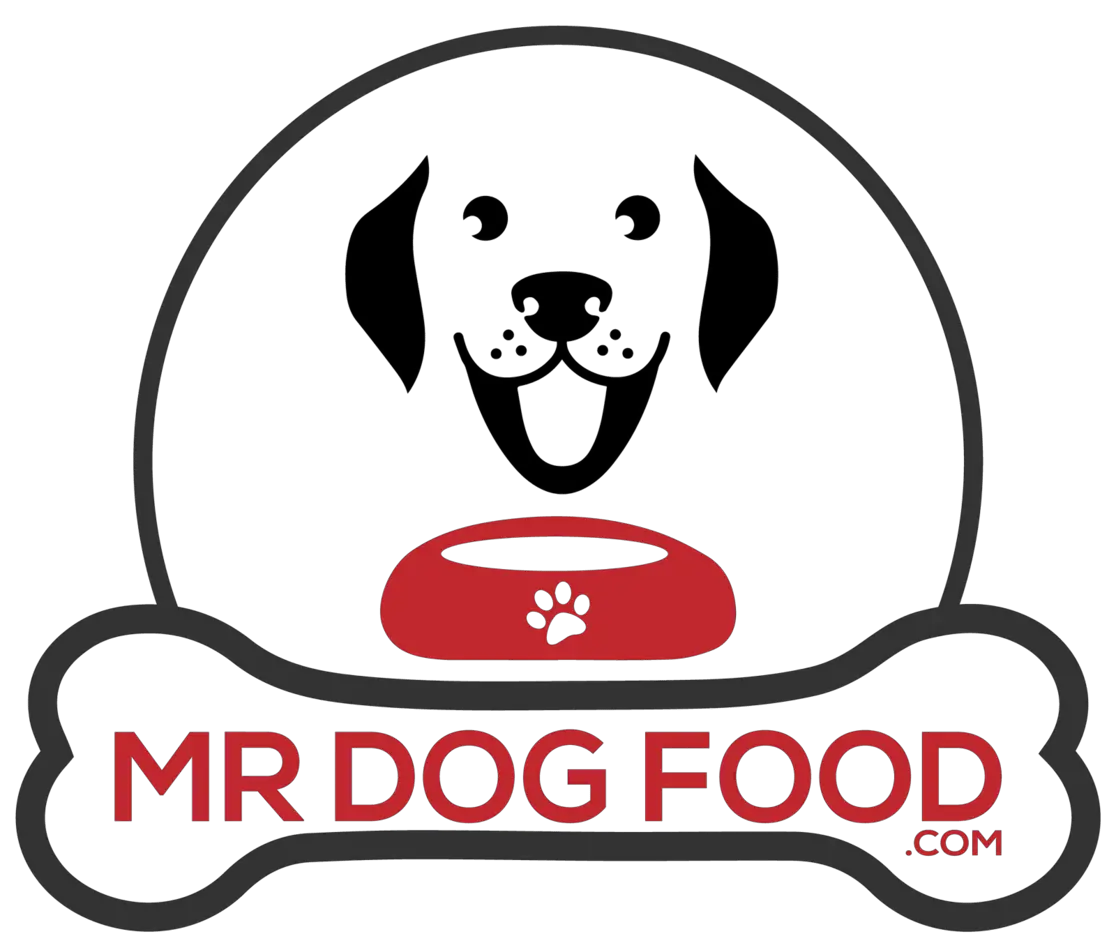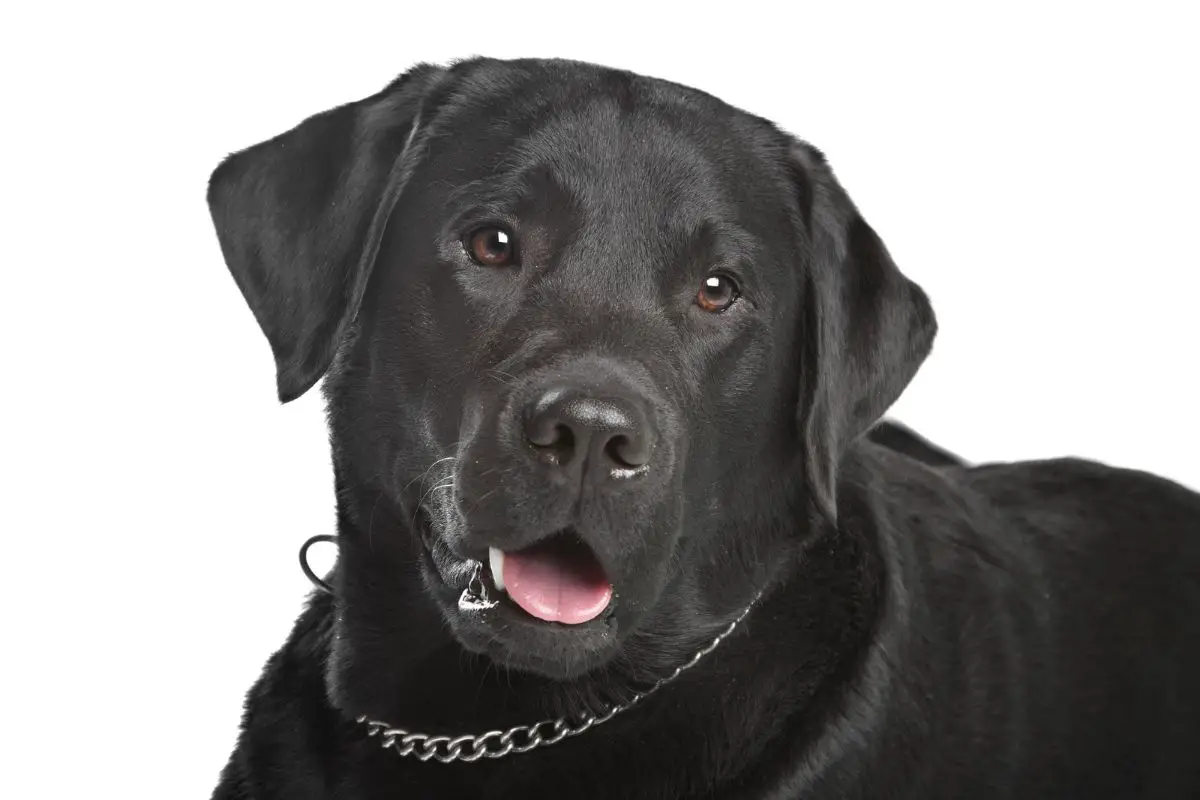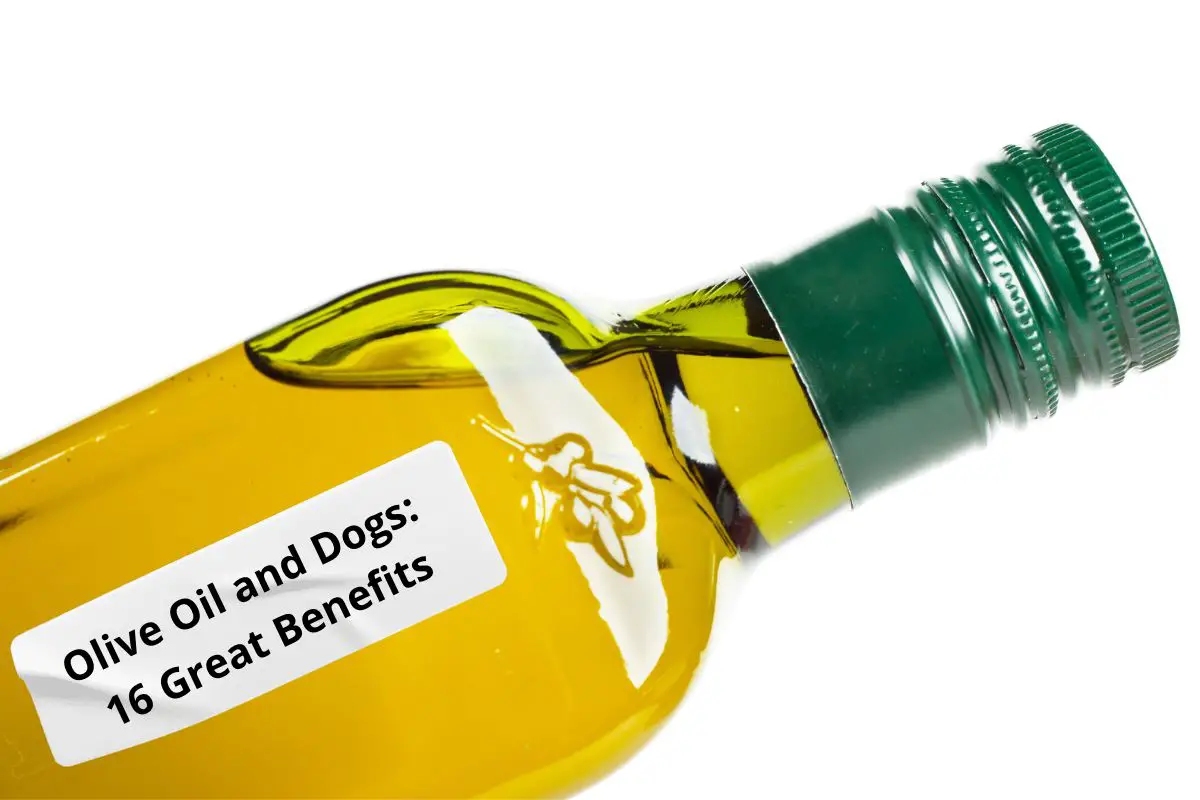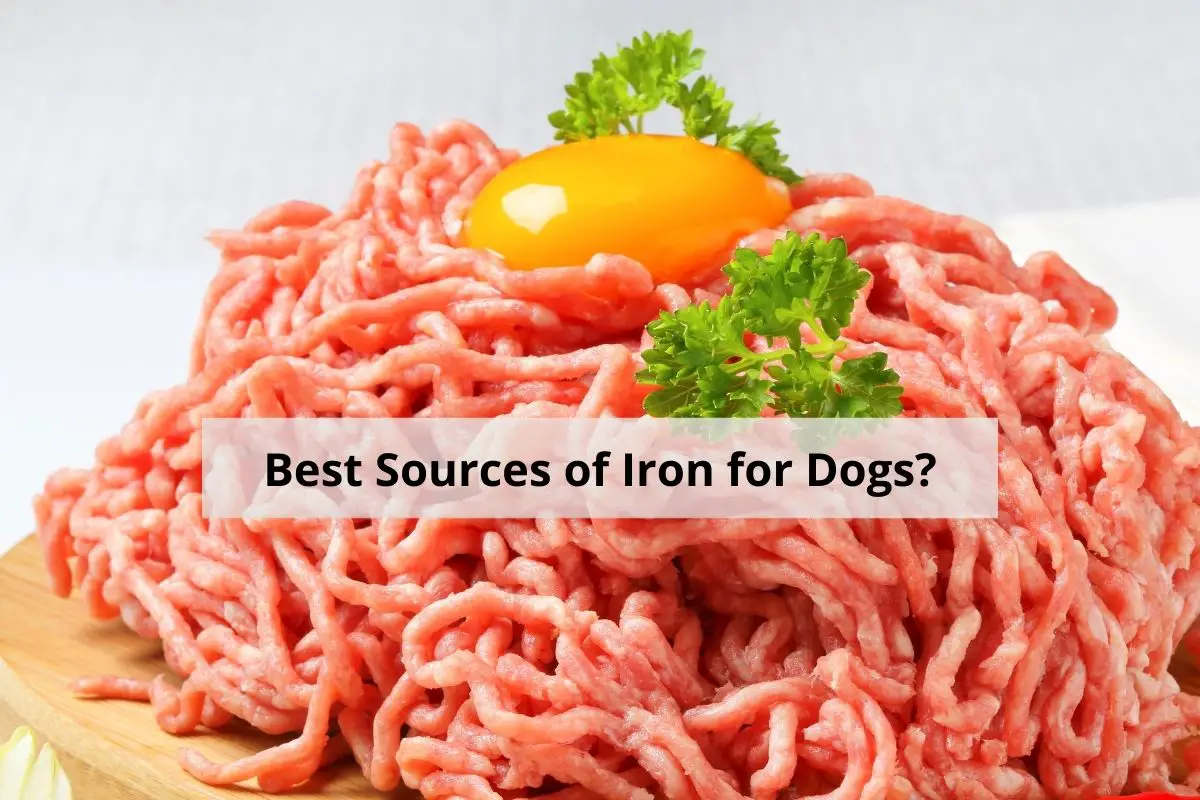This post contains affiliate links.
If you have ever taken your dog out in the morning or evening to use the bathroom, but nothing happens no matter how long you stand there, even to the point you break out the ol’ smartphone to browse through social media, have you wait on your dog, there is definitely cause for concern. Constipation in dogs is one of the more common medical problems a dog can experience. Many owners wonder, is dry dog food to blame on this issue?
Dry dog food can cause constipation, and this is mostly due to low-quality dog food. A lack of understanding of a dog’s nutritional needs ends up causing various health problems outside of constipation for many pups out there.
Choosing quality (doesn’t mean expensive) dog food is enough to solve many of a dog’s digestive related problems. Still, there could also be other causes that can be the outlier on constipation in dogs. If you would like to learn more, we encourage you to read further!
Table of Contents
Does Dry Food Cause Constipation in Dogs?
Some people wonder if the cause of their dog’s constipation comes down to a dry food diet. After all, the crunchy bits aren’t exactly full of moisture, so it can be easy to conclude that eating dry food all the time could cause constipation.
But first, how do you tell your dog has constipation? We turned to the people at VCA animal hospital about how you can detect this symptom. In quote:
“Most dogs produce feces at least once a day; many of them have bowel movements that correspond to the number of daily feedings. If your dog is constipated, he or she will probably attempt to pass feces unsuccessfully several times.”
This is going to be the most noticeable sign for dog owners. Usually, dogs will go at the same time every day as their owners follow a routine schedule on when to take their dog out, and/or their dog will let them know when they need to be let out. If your dog is attempting to go, but nothing is happening, this is a fairly obvious sign that your dog is constipated. VCA Animal Hospital continues on to say this:
“You may observe your dog circling excessively, scooting (dragging bottom along the ground) or squatting frequently, or even crying out in severe cases. Other clinical signs (symptoms) include decreased appetite, vomiting, small amounts of watery feces or feces that contains mucus (without a normal stool), and weight loss. Some constipated dogs will have a tense, painful abdomen and cry or growl if you press on their stomach or lower back.”
In short, it’s quite easy to detect. If your dog simply isn’t going like they normally should despite their diet being exactly the same with the same mealtimes every day, something is up. You should also look for abdomen pain as combined with them not going at their usual times; this signals the problem. You should take your dog to the vet if it’s been more than 2 days since your dog is not passing stool as too much blockage is dangerous.
But is dry dog food REALLY the cause for all of this?
In short, no, not exclusively anyway.
The Truth About Dry Dog Food
Dry dog food is the most popular method of feeding dogs; it’s easy, stays good for a while before going stale. It’s versatile enough that you can store it in an automatic feeder such as this Petsafe Pre-Portioned Automatic Food Dispenser if you are a busy person or just want to ensure your pup gets his meals on time.
Dry dog food is made by mixing both dry and wet ingredients to create a dough. This dough is then heated under pressure and gets cut into the shape of a kibble. Once the dough is cut, it is dried, cooled, and then sprayed with a coating to make it more visually appealing to humans (remember, they have to get YOU to buy the product).
As you might have guessed, this type of food is well dry, which means little to no moisture to be found. To combat this, veterinarians stress to always, always have clean, fresh water available to them. If you need to get a pet water fountain to get them more enticed to drink water, then do it, but make sure they are getting enough water.
Dehydration can lead to constipation and a whole host of other problems, so in that sense, yes, dry dog food can cause constipation. But that’s not all.
Quality Is Everything
Perhaps one of the most frequent causes of constipation (and frequent bathroom breaks) is cheap, low-quality food that is basically junk food for dogs.
These products contain animal remains that should never go into an edible product and a boatload of filler that serves no purpose but to bulk up the food quantity.
Because so much of the content in these foods serve little to no nutritional purpose, it produces a lot of waste, resulting in frequent trips outside, accidents, or constipation.
To know whether your dog’s food is nutritionally balanced, a quick method is to check the package for the AAFCO stamp (Association of American Feed Control Officials). This stamp indicates that the food is nutritionally complete (but doesn’t mean the ingredients are exactly high quality, but it’s a start at least), meaning it meets a dog’s daily nutritional requirements.
Bottom-of-the-barrel dog food may meet a dog’s daily caloric needs but not nutritional. This is not only bathroom-related issues but also constant hunger, dry coat, low energy, and unhealthy skin. It’s not an exaggeration to call them junk food; it’s pretty spot on.
What To Look for in Your Dog’s Food
To get the most accurate advice to you possible, we looked to Cailin Heinze, a board-certified veterinary nutritionist, for her take on what makes for complete, nutritious dog food. You can find the full source here.
One thing to be aware of, and one of the first things Heinze states, is that you can’t completely trust the labels on your dog’s food.
“There is nothing you can see on a label, short of maybe the manufacturer’s name, that will tell you anything about the quality of the food,” Heinze says.
Each dog is different and may require a different diet than others. Dogs may have allergies to a specific ingredient, or a specific combination of ingredients may upset their stomach. Also, some dog food can be too rich for certain dogs, such as one of the highest-end and highest quality dog foods on the market, Orijen.
Heinze also addresses this and states that discussing your dog’s diet with your vet should be a part of every visit.
“It should be something that people talk to their veterinarian about and make the best decision based on their pet’s needs,” Heinze says. “It should be a part of every visit to the vet. It should be, ‘This is what I’m feeding, this is what we’re doing,’ because the diet does have a role in a lot of health considerations.”
She then goes on to offer very useful tips on how to select the right food for your dog:
- Don’t choose dog food based on online ratings
- Avoid trendy ingredients
- Don’t buy products based on what they don’t contain
- Food labels don’t tell the full story
- Research the sources of brands
- Be wary of the raw food diet
- Know the calories of your dog’s treats
Essentially, this all boils down to look at the ingredients of your dog’s food. This is one of the most important pieces of info that you can know about the product. Is the first ingredient meat? Is there a filler product such as cornmeal? Is there a meat-by-product? These are things to ask yourself when going over the ingredients list.
The first ingredient should be meat with very little exceptions (some high-quality dog food such as certain recipes by Acana contain chicken meal as the first ingredient, but overall is excellent food); additionally, try to avoid dog food that contains meat by-products, certain dog foods are overall decent that contain it, but as a rule of thumb it is best to think “would any human want to eat this?”
Cornmeal and other types of fillers such as soy and wheat are also things to be wary of. We are looking for something that is both nutritionally complete AND dense so that the body can take in a lot of those vital nutrients without leaving behind a lot of waste.
For most dogs, we think Purina Pro Plan strikes an excellent balance between quality and affordability. Many vets recommend this by default because it is both nutritionally complete and dense without breaking your wallet as Orijen might.
Yes, there are ingredients that we stated to be wary of, and there are some fillers. However, dogs generally thrive off of it, and if you are on a budget, it’s one of your best bets.
But if you would like more peace of mind of what you are feeding your pup, we would recommend looking into brands such as Acana, Wellness, and Taste of the Wild, which are a step up in ingredients quality but cost a bit more.
And regarding the raw food diet, there is a whole host of complications and debates on that topic. For now, we’ll simply link a video below that you can check out:
How To Relieve Constipation in Dogs
Relieving constipation in dogs is usually a simple affair. One of the first things people recommend is canned pumpkin since it contains lots of fiber and moisture to help the blockage. In addition, they absolutely love the taste!
Another remedy you can try is laxatives made specifically for dogs. Milk is also a good option for certain dogs.
Other methods can also include giving them a few tablespoons of canned gravy.
Should I Switch to Wet Food?
Sure, if you would like to! Dogs tend to prefer wet food, and so if you would like to give your furry something he’ll really enjoy, and you don’t mind the extra cost and slight loss of convenience, it’s definitely a good choice.
Also, wet food contains lots of moisture, which can help a dog who doesn’t drink enough water independently. You are also less likely to have a picky eater on your hands since dogs love the meaty aroma and texture of wet food. Wellness makes a line of stews for dogs that dogs fall head over heels for! It’s excellent for the scenarios that we just described due to its high moisture content.
But remember, you need to slowly wean your dog off of the old food for a week. Add a bit of the wet food to your dog’s dish on the first day, save the rest of the food in the can, and add a bit more the next day, reducing the amount of dry food. Repeat until the wet food is all that is left.
Conclusion
Dry dog food in itself does not cause constipation. What happens is usually one of two things:
- Cheap, low-quality junk food for dogs
- The dog is dehydrated from not drinking enough water
Buying dog food with quality ingredients and is nutritionally complete while ensuring your dog is drinking enough should help mitigate constipation in dogs altogether. If you need to relieve your dog right now, try giving them canned pumpkin or laxatives.
Related Articles
- 5 Foods That Can Constipate Dogs (Beware These Foods)
- Does Canned Dog Food Cause Loose Stools? The Truth Revealed
Sources
- VCA: Constipation in Dogs
- Care: 9 Expert Tips for Choosing the Right Brand of Healthy Dog Food
- Fetch: Constipation in Dogs: Causes and Treatment
Mrdogfood.com is a participant in the Amazon Services LLC Associates Program, an affiliate advertising program designed to provide a means for sites to earn advertising fees by advertising and linking to Amazon.com. We also participate in other affiliate programs which compensate us for referring traffic.




